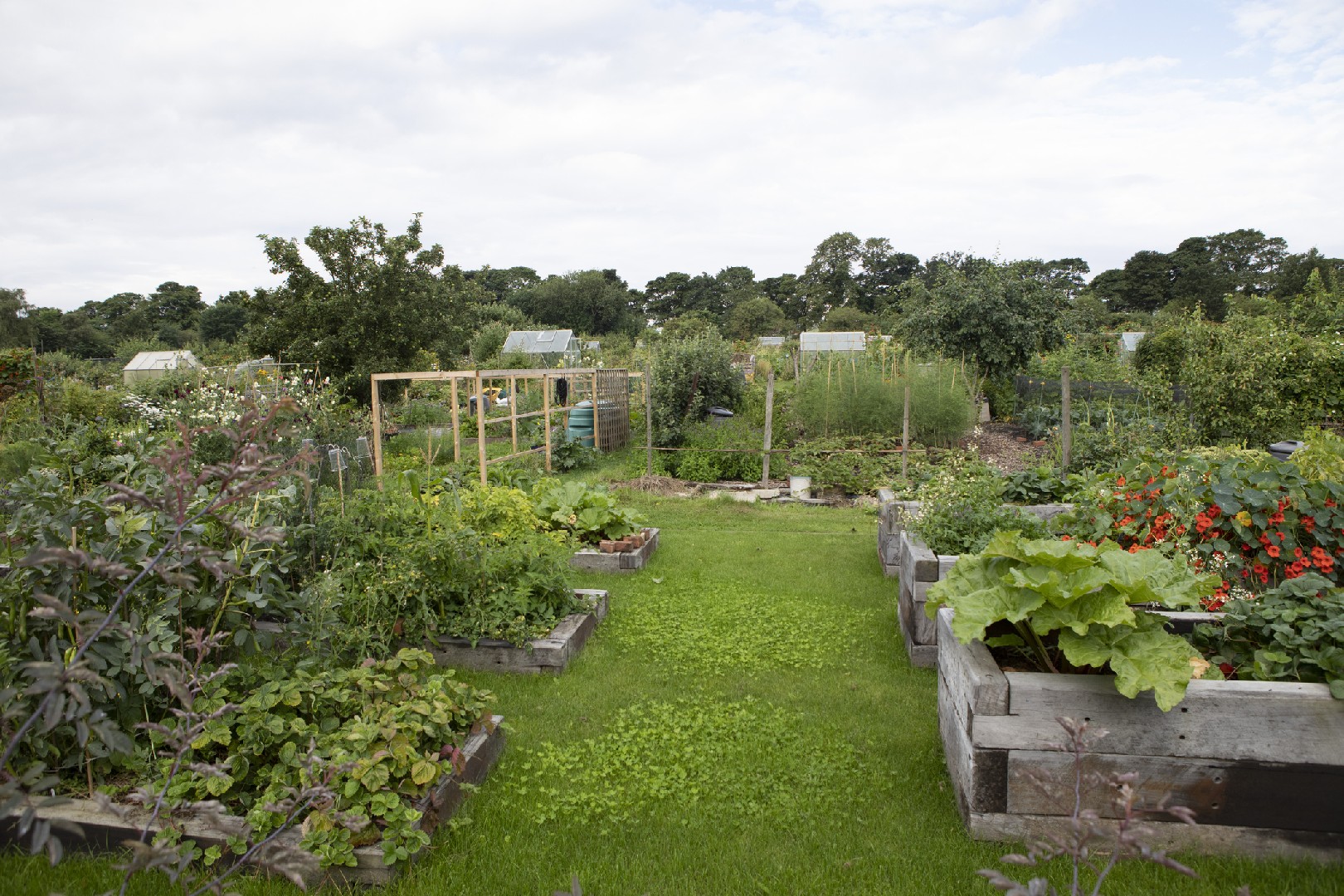![Rectangle]()
Exploring Eye-Catching Edible Plants
When it comes to creating aesthetic masterpieces with edible gardens, one key aspect to consider is the appeal of vibrant edible plants. The color theory can be a useful tool in guiding your planting choices and creating visually striking arrangements.
Color has a powerful effect on our emotions and perception. By strategically incorporating different hues in your garden, you can evoke specific feelings and set the desired tone. For example, warm colors like reds, oranges, and yellows exude energy and excitement, while cool colors such as blues and greens create a calming and tranquil atmosphere.
To create a visually appealing edible garden, think about the colors you want to highlight. Consider the color wheel and its different relationships, such as complementary, analogous, or monochromatic color schemes. Complementary colors, which are opposite each other on the color wheel, create a vibrant contrast. Analogous colors, which are adjacent to each other, create a harmonious and soothing effect. Monochromatic schemes, where shades of a single color are used, create a sense of unity.
Another important factor in creating aesthetic edible gardens is the interplay of shapes. Plant shapes and arrangements can significantly impact the overall visual experience. Think about the variety of shapes and sizes available in edible plants, such as the tall and linear form of cornstalks, the round and compact shape of tomatoes, or the delicate cascading tendrils of pea plants.
To create visual interest, mix and match different plant shapes in your garden. Consider how they interact with each other and the surrounding elements. For example, you can create a focal point with a tall and vertical plant surrounded by shorter and bushy plants. Or you can create a sense of movement and flow by arranging plants with trailing vines next to taller plants.
Texture also plays a significant role in garden design. Varying plant textures can add depth and dimension to your edible garden. Touchable plants with fuzzy leaves, like lamb's ear or sage, can provide a tactile experience, while plants with glossy leaves, like lettuce or Swiss chard, add a touch of shine.
To enhance the textural experience, incorporate plants with a mix of smooth, rough, spiky, or velvety textures. Combine different leaf types, such as broad leaves with delicate fern-like foliage, to create contrast. Play with the juxtaposition of textures to create visual interest and intrigue.
By exploring the appeal of vibrant edible plants, the interplay of shapes, and the texture in garden design, you can elevate your edible garden into an artistic masterpiece. Experiment with color combinations, plant shapes, and textures to create a visually captivating space. Remember to always consider the practicality of your choices, ensuring that the plants you select are edible, thrive in your climate, and require similar care. With these techniques and knowledge, you can transform your garden into a work of art that nourishes both the body and the soul.





